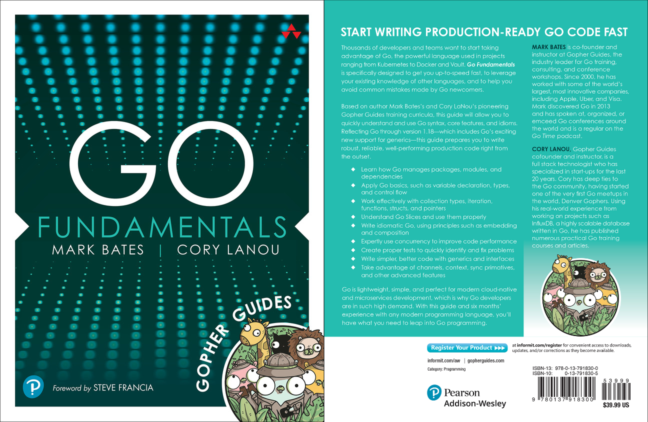Latest Blog
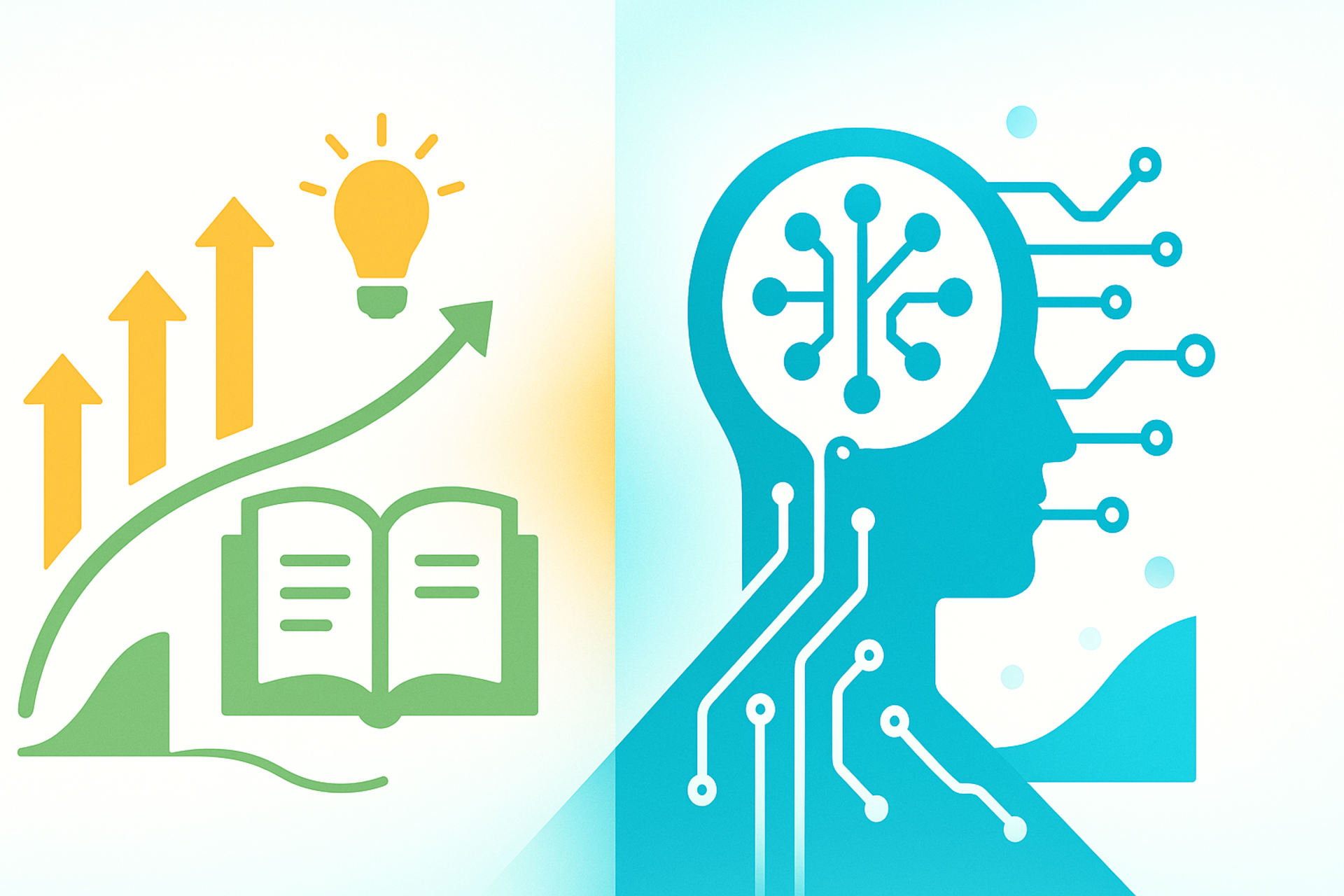
The Training Paradox: Why AI Makes Expert Training More Important, Not Less
Overview
Here's the counterintuitive truth emerging from two years of AI coding assistants: the better you already are at programming, the more AI helps you. The worse you are, the more it can hurt. This is creating a widening skills gap in software development, and it's exactly the opposite of what everyone predicted when ChatGPT launched. Training isn't becoming obsolete. It's becoming the difference between thriving with AI and drowning in AI-generated technical debt.
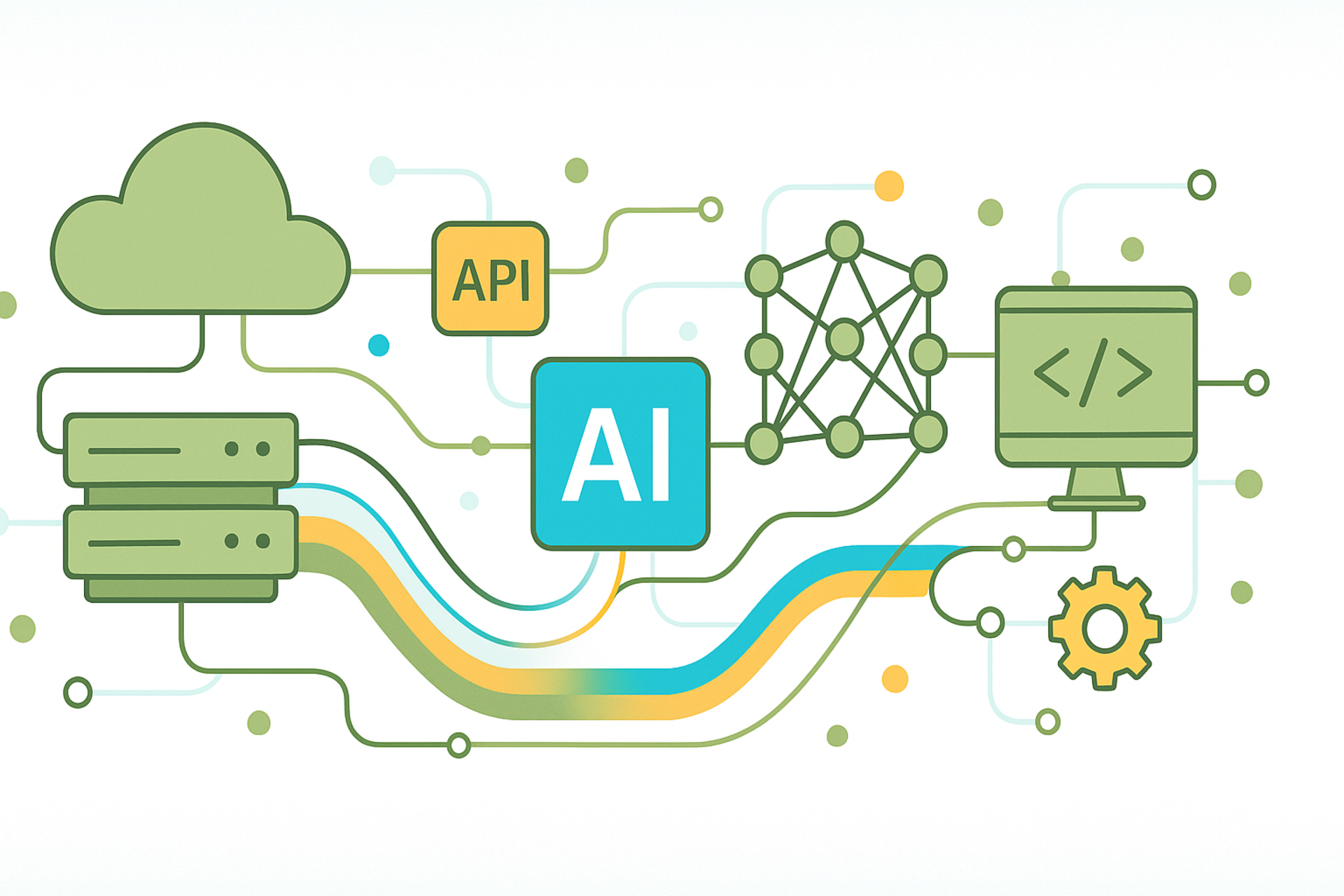
Expert Go Training, Now in Your AI Assistant
Overview
What if your AI coding assistant had instant access to 30+ years of Go training expertise? Not the jumbled mess of Stack Overflow and GitHub repos it usually learns from, but actual, curated, battle-tested best practices from thousands of hours teaching Go in production environments. We're building that. It's in beta now, and if you've ever trained with Gopher Guides, you get free access.
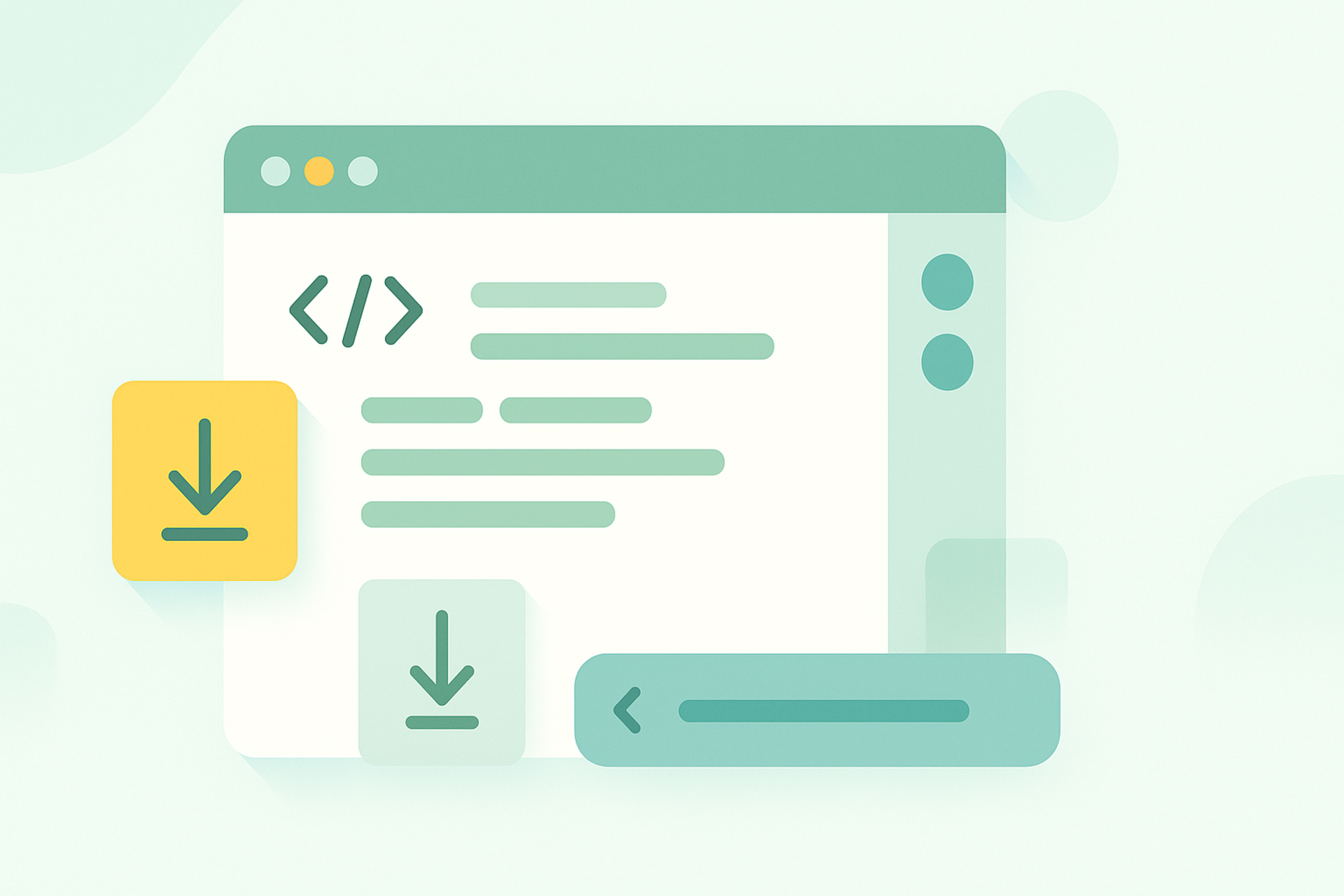
A Smoother Path to Go Mastery: What's New in Our Training Platform
Overview
Over the past three months, we've been obsessively focused on eliminating friction in the learning experience. The result? A training platform where you can download entire courses with one click, jump from course material directly into your editor, and navigate content that feels like it was built for how developers actually learn. These aren't flashy features. They're thoughtful improvements that get out of your way so you can focus on mastering Go.
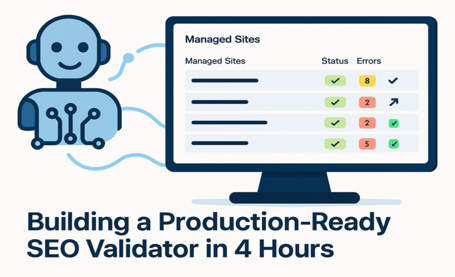
Building a Production-Ready SEO Validator in 4 Hours
Overview
As a senior developer with 20+ years in the trenches, I built a fully functional, production-ready SEO validation system in under 4 hours using AI assistance. Ten years ago, this would have taken me weeks. But here's the key insight: without being a senior level developer, AI would have never gotten this to work. This is the story of how AI amplifies expertise rather than replacing it, complete with real metrics, mistakes made, and lessons learned.

Why Your Team Still Needs Go Training in the Age of AI
Overview
AI hasn't killed software training. In fact, after seeing training demand slow down initially when ChatGPT and Copilot took off, we're now busier than ever. Why? Because teams are discovering what I've been saying all along - AI is only as good as the code it learned from, and most Go code out there isn't idiomatic.

Quick Tips: Pointer Optimizations in Go
Overview
This article explores important performance considerations when working with pointers in Go. We'll cover key topics like returning pointers to local variables, choosing between pointer and value receivers for methods, and how to properly measure and optimize pointer-related performance using Go's built-in tools. Whether you're new to Go or an experienced developer, these tips will help you write more efficient and maintainable code.
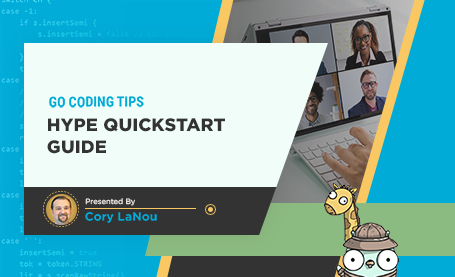
Hype Quick Start Guide
Overview
This article covers the basics of quickly writing a technical article using Hype.

Writing Technical Articles using Hype
Overview
Creating technical articles can be painful when they include code samples and output from running programs. Hype makes this easy to not only create those articles, but ensure that all included content for the code, etc stays up to date. In this article, we will show how to set up Hype locally, create hooks for live reloading and compiling of your documents, as well as show how to dynamically include code and output directly to your documents.
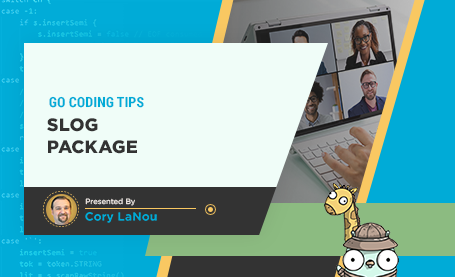
Go (golang) Slog Package
Overview
In Go (golang) release 1.21, the slog package will be added to the standard library. It includes many useful features such as structured logging as well as level logging. In this article, we will talk about the history of logging in Go, the challenges faced, and how the new slog package will help address those challenges.
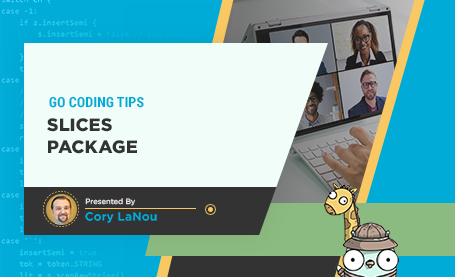
The Slices Package
Overview
In release 1.21, the slices package will be officially added to the standard library. It includes many useful functions for sorting, managing, and searching slices. In this article, we will cover the more commonly used functions included in the Slices package.
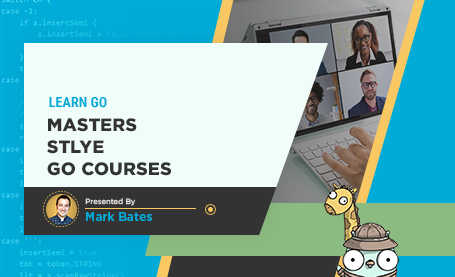
Masters Style Go Courses
Overview
After training for over four years, and recently enrolling in my own Masters degree program, I've married both of my passions and I'm excited to announce our new Masters Style Go Courses!

Table Driven Testing In Parallel
Overview
Table driven testing is not a unique concept to the Go programming language. However, there are some great features that make table driven testing in Go faster and more reusable. This article will cover how to get the most out of table driven testing with Go (golang).
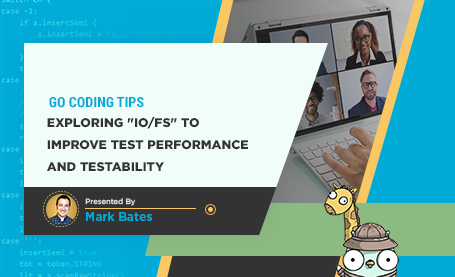
Exploring "io/fs" to Improve Test Performance and Testability
Overview
The most anticipated feature of Go 1.16 is the addition to the Go tooling, and standard library, that allow for embedding static content into binaries. While it is tempting to start playing with this new toy right away, it is important to understand how it works first. In this article we are going to take a look at the new io/fs package introduced in Go 1.16 to support embedding.

Where and When to use Iota in Go
Overview
Iota is a useful concept for creating incrementing constants in Go. However, there are several areas where iota may not be appropriate to use. This article will cover several different ways in which you can use iota, and tips on where to be cautious with its use.
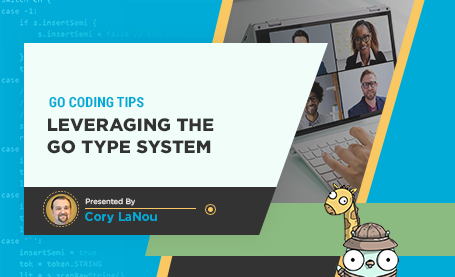
Leveraging the Go Type System
Overview
If you haven't worked in a typed language before, it may not be obvious at first the power that it brings. This article will show you how to leverage the type system to make your code easier to use and more reusable.
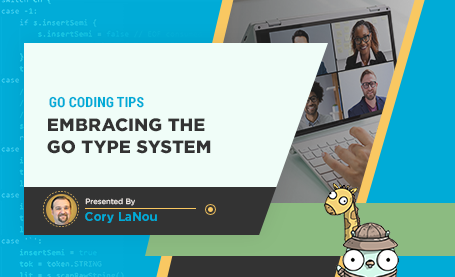
Embracing the Go Type System
Overview
Go is a typed language, but most Go developers don't truly embrace it. This short article talks about tips and tricks to write more robust code using custom types in Go.
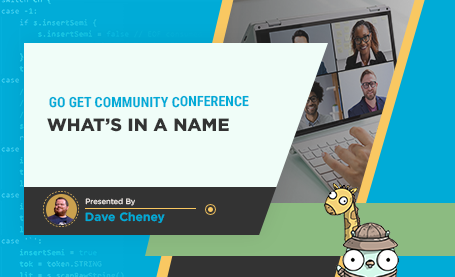
What's in a name?
Overview
The art of writing software is the act of communication. You might feel that this is a private conversation about your code with a persnickety compiler, but the audience for software is much larger. It’s the people who use your libraries and your APIs, the folks who work with you maintaining the codebase, and it's you, in the future, searching for clues about why you wrote what you wrote the way you wrote it. This talk is all about naming. It’s about the names we give to things in our programs and how those decisions can affect the maintainability of the software we write.
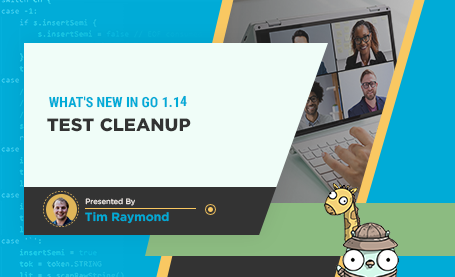
What's new in Go 1.14: Test Cleanup
Overview
The process of writing a unit test usually follows a certain set of steps. First, we set up dependencies of the unit under test. Next, we execute the unit of logic under test. We then compare the results of that execution to our expectations. Finally, we tear down any dependencies and restore the environment to the state we found it so as not to affect other unit tests. In Go 1.14, the testing package now includes a method, testing.(*T).Cleanup, which aims to make creating and cleaning up dependencies of tests easier.
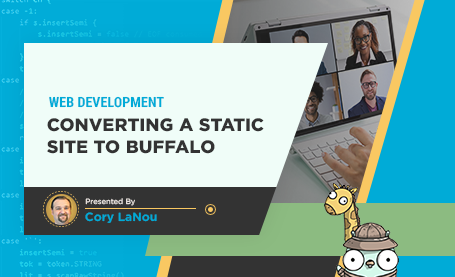
Converting a Static Site to Buffalo
Overview
I recently had a friend come to me and mention that their website I created for them years ago needed some updating. After looking at it, it was clear it was time for an update. This article will walk through the design decisions and technical challenges that I needed to address in bringing their site up to some modern standards.

Don’t Commit Improperly Formatted Go (golang) Code
Overview
This article will outline how in just a few easy steps using git hooks how to ensure you never commit improperly formatted code.
